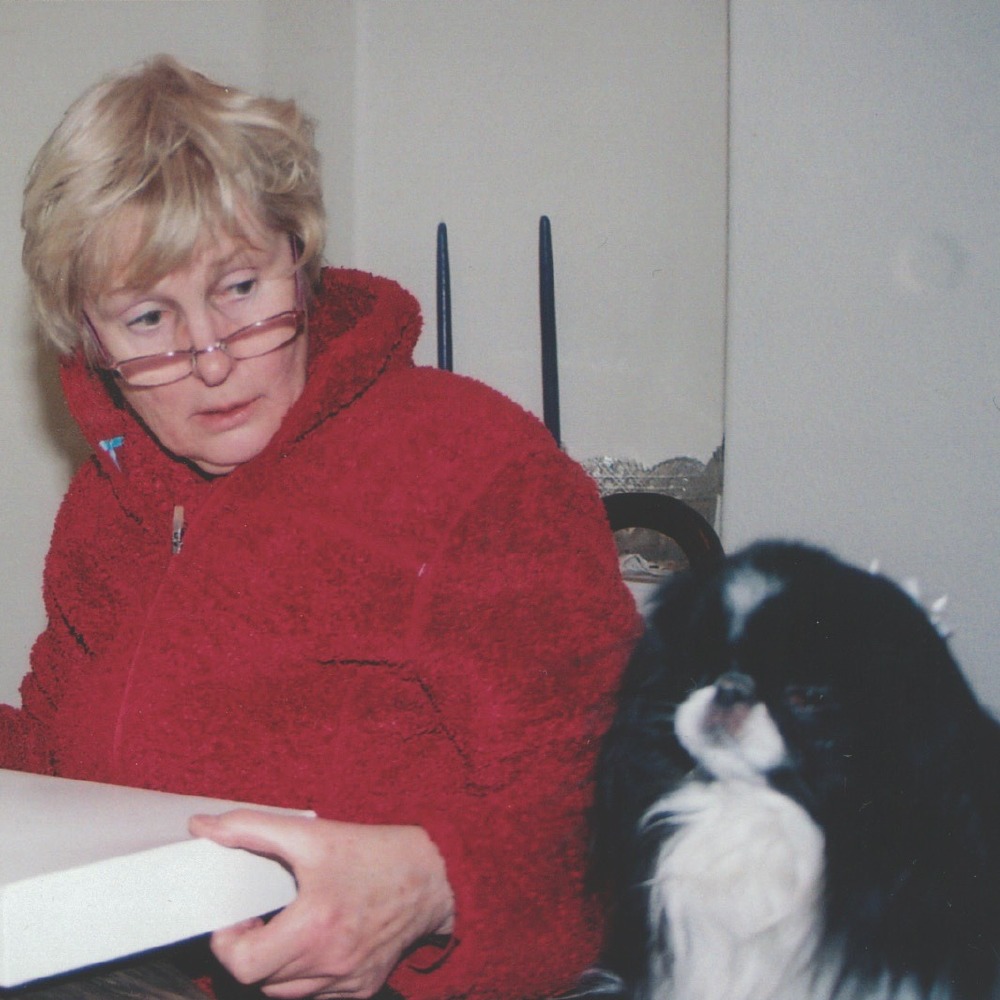
J L Greger and Bug

In Murder: A New Way to Lose Weight, physician Linda Almquist must discover whether an ambitious young "diet doctor" or old-timers with buried secrets have the most to gain from the deaths of two women in a medical school. Otherwise she might be next woman killed.
This medical mystery could be described as an insider’s view of a medical school and the diet industry.
Why is it important for you to put snippets of your scientific background in your books?
I put science into my novels for several reasons. They add a sense of reality to my novels, which I think makes them more interesting.
As a retired professor in biology from the University of Wisconsin-Madison, I believe that science is a way of solving many pressing problems. But many Americans are afraid of science. I hope my novels help readers see that science isn’t a lot of facts to memorize, but a way of solving problems – in many ways like solving a mystery.
Obesity is something that is very topical at the moment, so is that why you set out to write this book?
The constant barrages on TV of ads for restaurants with mouth-watering dishes followed by commercials for weight control regimes and products makes me laugh. Americans have a schizophrenic relationship with food. They love to eat and hate themselves for eating too much of it. That tension makes a perfect backdrop for a novel.
Then too I taught and did research in nutrition and toxicology for many years. I still read journals articles. New research on the effect of gut flora on weight control is fascinating and promising. I thought that many, but especially dieters, would find the science and politics behind diet regimes interesting, useful, and maybe a little frightening. Again good material for a mystery.

Please tell us bit about you other book Coming Flu.
The ideas for this novel came when I read about new flu viruses in China and asked what if one of those viruses hit the U.S. before we had effective vaccines or anitivirals to control it. Remember flu killed far more people worldwide between 1918-20 than World War I.
Your own dog was the inspiration behind the story, so tell us about this.
Bug, my Japanese Chin, is a pet therapy dog. We visit hospitals, especially children’s wards, weekly. I think he adds a “humane” touch to my novels. Besides he sits by me for hours as I write. He’s works (in his own way) as hard on my novels, as I do.
The attached photo shows he’s adorable.
Who do you most like to read?
I like John Grisham because as a semi-retired lawyer, he approached the law in an honest way like I’m trying to do with science. I like JK Rowling because she made me see the world in a different way in her Harry Potter series.
What is the appeal of a mystery for you as a writer?
In many ways plotting a mystery and doing a science experiment are similar. Both writers and scientists both do a lot of sleuthing. Granted, scientists try to quantitate their observations more than writers. Both organize their observations into a whole, which writers call plots and scientists call hypotheses. And both require a lot of hard work to gain occasional flashes of insights. To paraphrase Thomas Edison, they’re “one percent inspiration and ninety-nine percent perspiration.”
What is your writing process?
I’m a plotter who creates an outline first.
What is next for you?
Oak Tree Press will be publishing my next novel Ignore the Pain in November. It combines my interest in science and my love of exotic travel.
In Ignore the Pain, Sara Almquist couldn’t say no when invited to be the epidemiologist on a public health mission to Bolivia. Unfortunately, her past follows her. Soon she can’t decide which of her colleagues to trust as she learns more about coca production, the god of the silver mines in Potosi Tío, and Bolivian politicians than she ever wanted to know.

